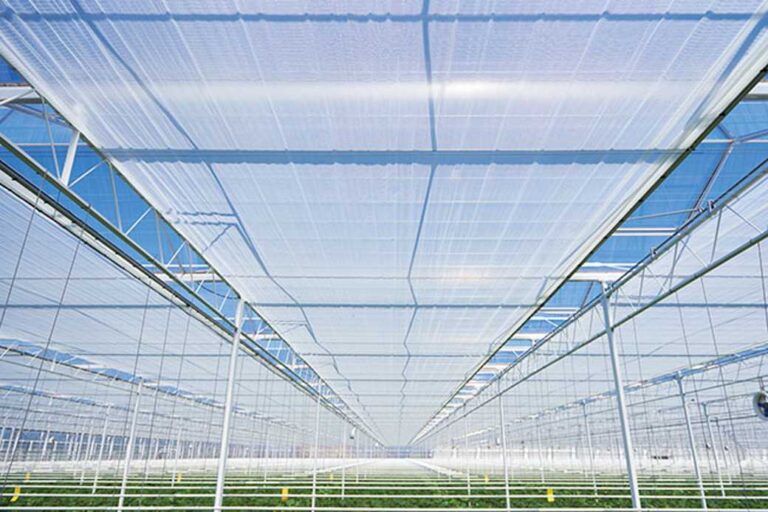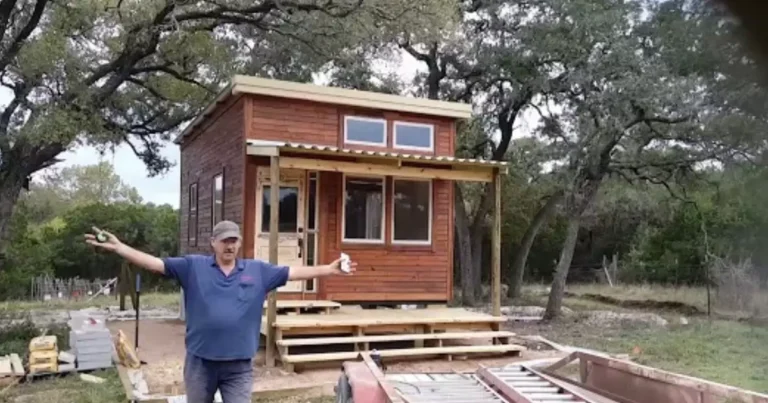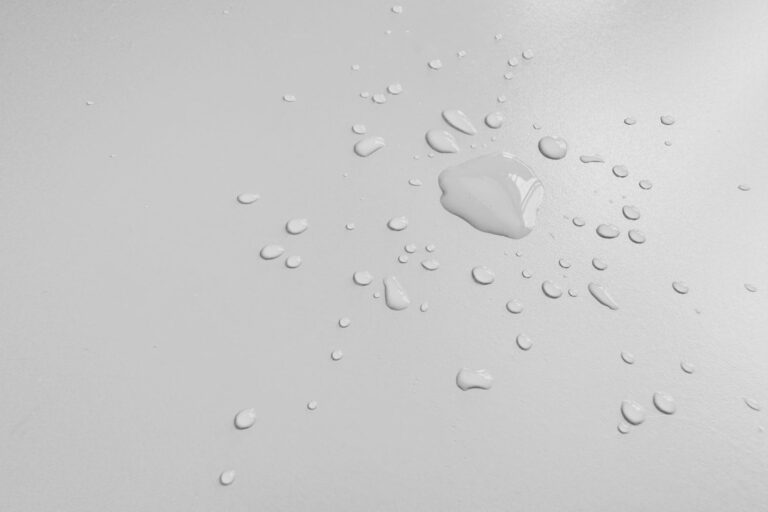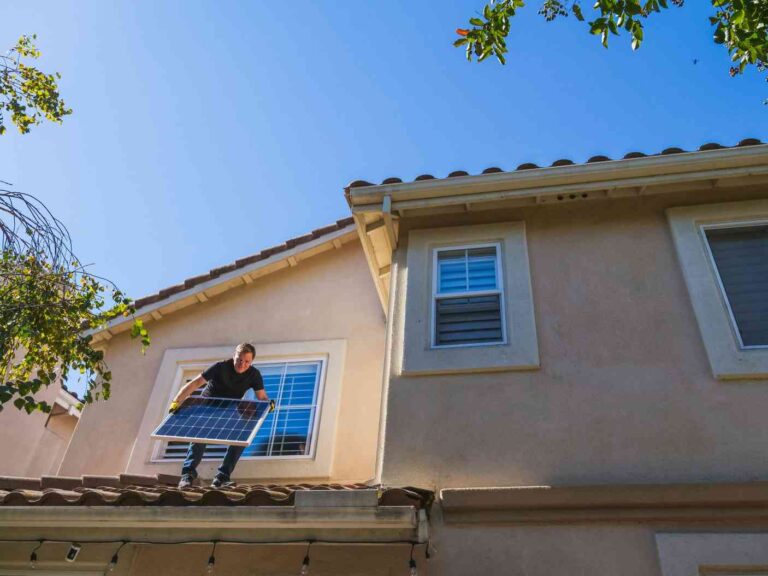How Do Tiny Houses Get Water? A Comprehensive Guide
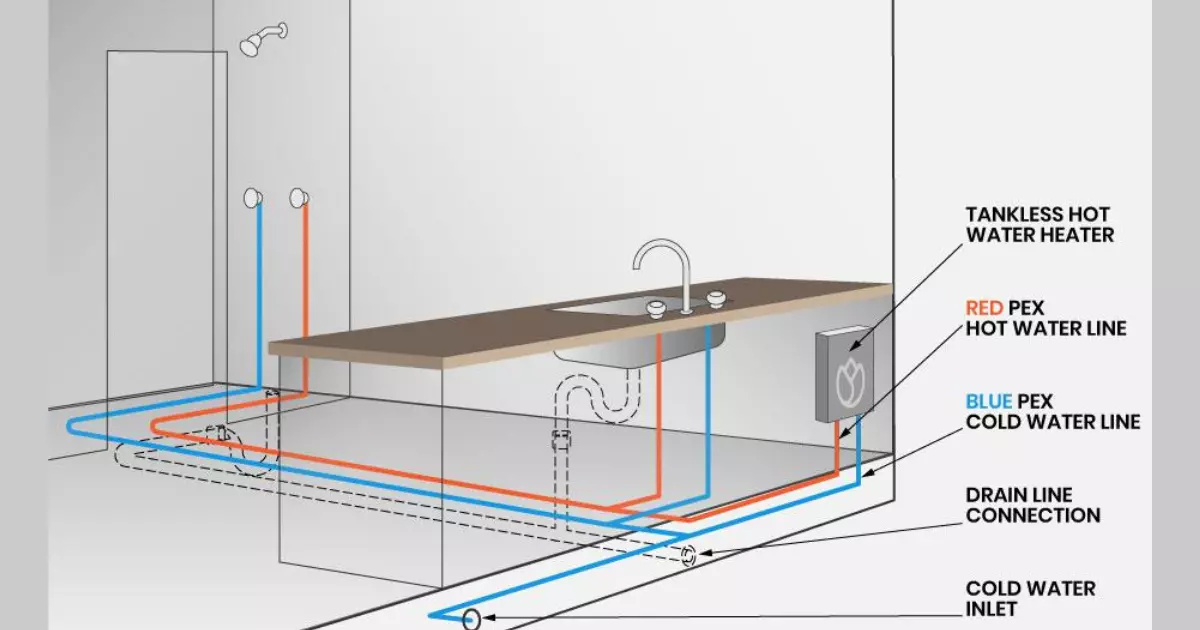
Tiny houses have gained immense popularity in recent years due to their minimalistic lifestyle and eco-friendly attributes. However, living in a tiny house poses unique challenges, one of which is obtaining a reliable water supply. In this article, we will delve into the various methods and systems that tiny house dwellers use to source and manage their water supply effectively.
Understanding the Water Needs of Tiny Houses
Living in a tiny house requires a thorough understanding of water consumption patterns. With limited space and resources, it’s essential to conserve water to ensure a sustainable lifestyle. Calculating water needs based on daily activities like cooking, cleaning, and bathing helps in determining the appropriate water-sourcing method.
On-Grid vs. Off-Grid Water Sources
Tiny house dwellers can choose between on-grid and off-grid water sources. On-grid options include connecting to municipal water supplies, which provide a reliable but potentially costly solution. Off-grid alternatives involve innovative water-sourcing methods like rainwater harvesting, well water, and portable water tanks.
Rainwater Harvesting: A Sustainable Approach
Rainwater harvesting captures and stores rainwater for domestic use. Collecting rainwater from roofs and storing it in tanks provides a self-sufficient water supply. This method not only reduces water bills but also contributes to environmental conservation.
Well Water: Self-Sufficiency in Remote Areas
For those in remote areas, drilling a well offers independence from municipal water supplies. Regular maintenance and water quality testing are crucial to ensure a safe and reliable water source.
Water Storage and Filtration
Proper water storage systems are vital for tiny houses. Options include above-ground and below-ground tanks, each with its advantages. Implementing effective filtration systems guarantees the purity of the water used.
Composting Toilets and Greywater Recycling
Tiny houses often utilize composting toilets to manage human waste sustainably. Greywater recycling treats and filters wastewater from sinks and showers, making it suitable for various non-potable uses like irrigation.
Portable Water Tanks: Mobility and Convenience
Portable water tanks provide mobility for tiny houses on the move. While they offer convenience, there are considerations regarding tank size and weight.
Solar-Powered Water Systems
Solar-powered water systems utilize solar energy to pump and heat water. These systems are efficient, eco-friendly, and ideal for off-grid living.
Plumbing Systems in Tiny Houses
Designing efficient plumbing systems is crucial in tiny houses. Compact designs optimize space, and homeowners must decide whether to tackle plumbing installation themselves or hire professionals.
Water Heating Methods
Tiny houses employ tankless water heaters for their energy efficiency. Innovative heating systems, such as heat pump water heaters, are also gaining popularity in tiny house setups.
Maintenance and Winterization
Maintaining water systems is a must to prevent breakdowns. Winterization is vital in cold climates to prevent freezing and ensure continuous water flow.
Financial Considerations
Setting up water systems in a tiny house comes with initial costs, but the long-term savings on water bills and the potential return on investment make it worthwhile.
Eco-Friendly Water Practices
Implementing water-saving habits like collecting and reusing rainwater and using low-flow fixtures aligns with the eco-friendly ethos of tiny house living.
Legal and Regulatory Aspects
Understanding local water regulations, permits, and zoning laws is crucial when setting up water systems for tiny houses. Compliance ensures a hassle-free living experience.
FAQs
Can I use well water for drinking in my tiny house?
Yes, you can use well water for drinking in your tiny house, but proper well maintenance and regular water quality testing are essential to ensure its safety.
What is the cost difference between on-grid and off-grid water solutions?
The cost difference varies depending on location and setup, but off-grid solutions like rainwater harvesting and well water can lead to long-term savings on water bills.
Are composting toilets odor-free?
Composting toilets are designed to minimize odors through proper ventilation and the natural composting process. Regular maintenance is key to odor control.
Can I install a solar-powered water system myself?
While DIY installation is possible, it’s recommended to consult professionals for installing solar-powered water systems to ensure safety and optimal performance.
How do I navigate water-related regulations for my tiny house?
Research local water regulations, obtain necessary permits, and ensure compliance with zoning laws to navigate water-related regulations effectively.
Conclusion
Incorporating efficient water systems is essential for successful tiny house living. By carefully choosing water-sourcing methods, optimizing storage and filtration, and embracing water-saving practices, tiny house dwellers can achieve a sustainable and comfortable lifestyle.
